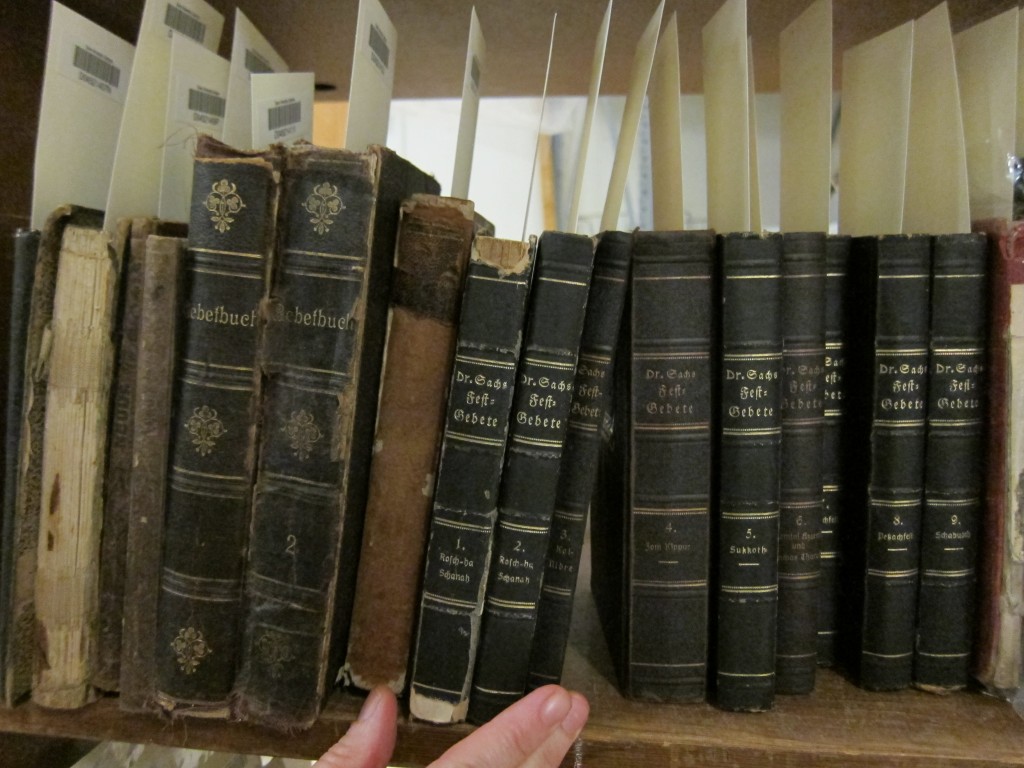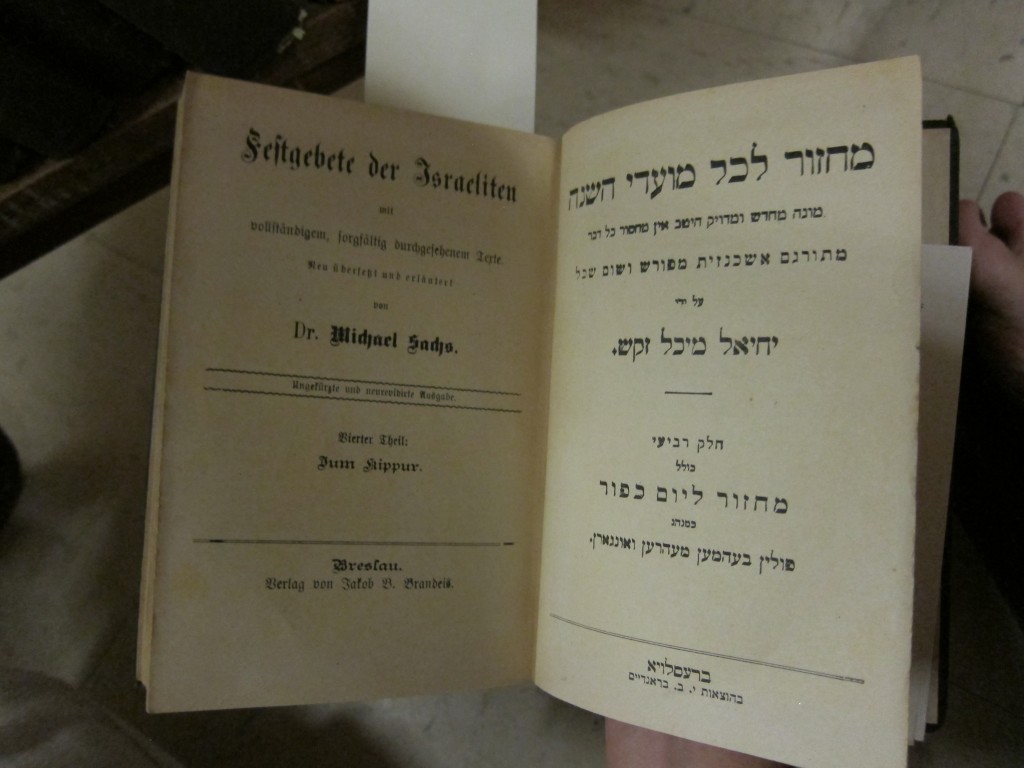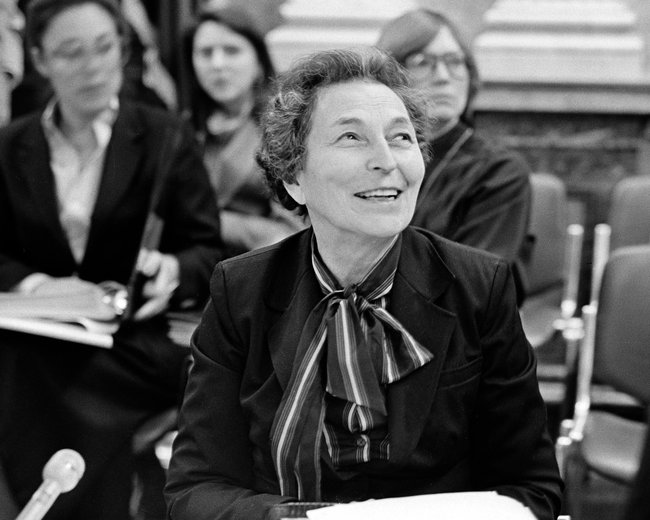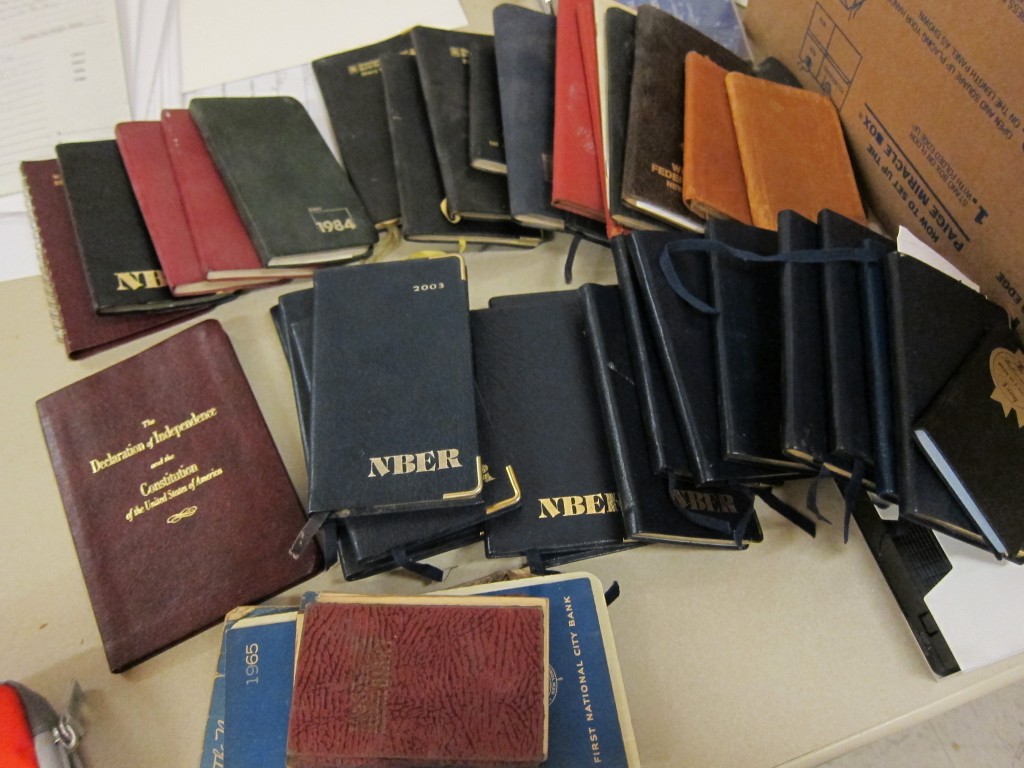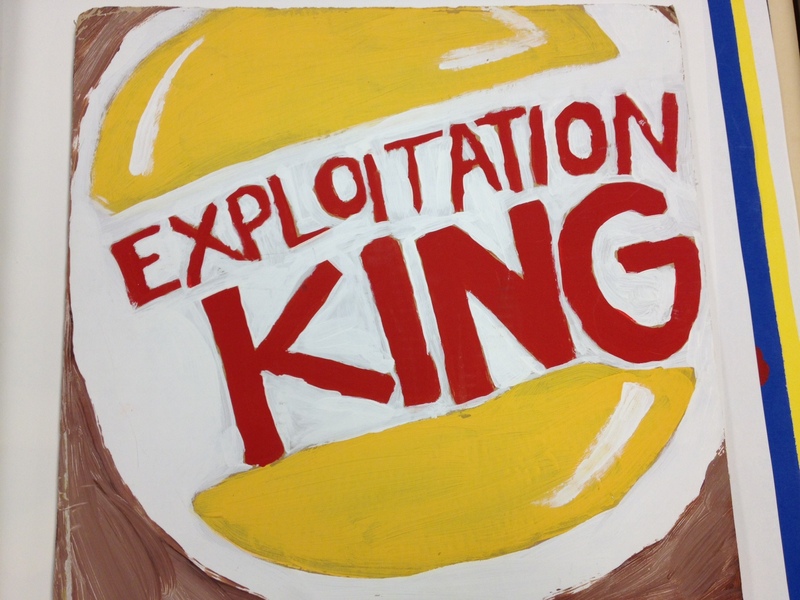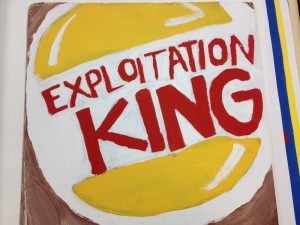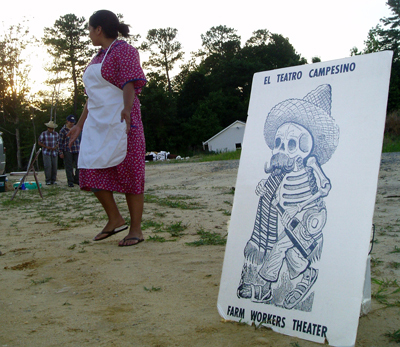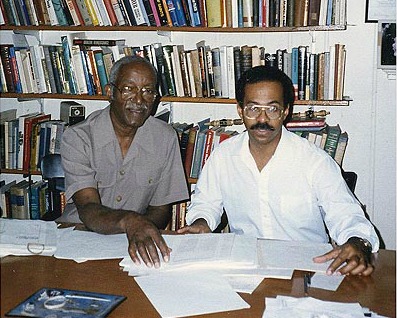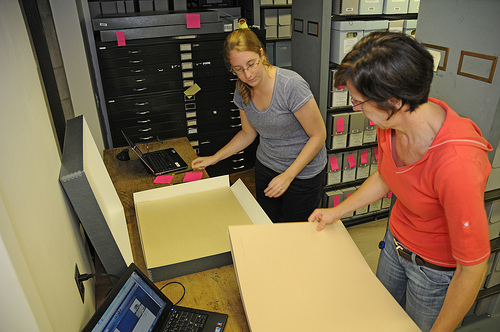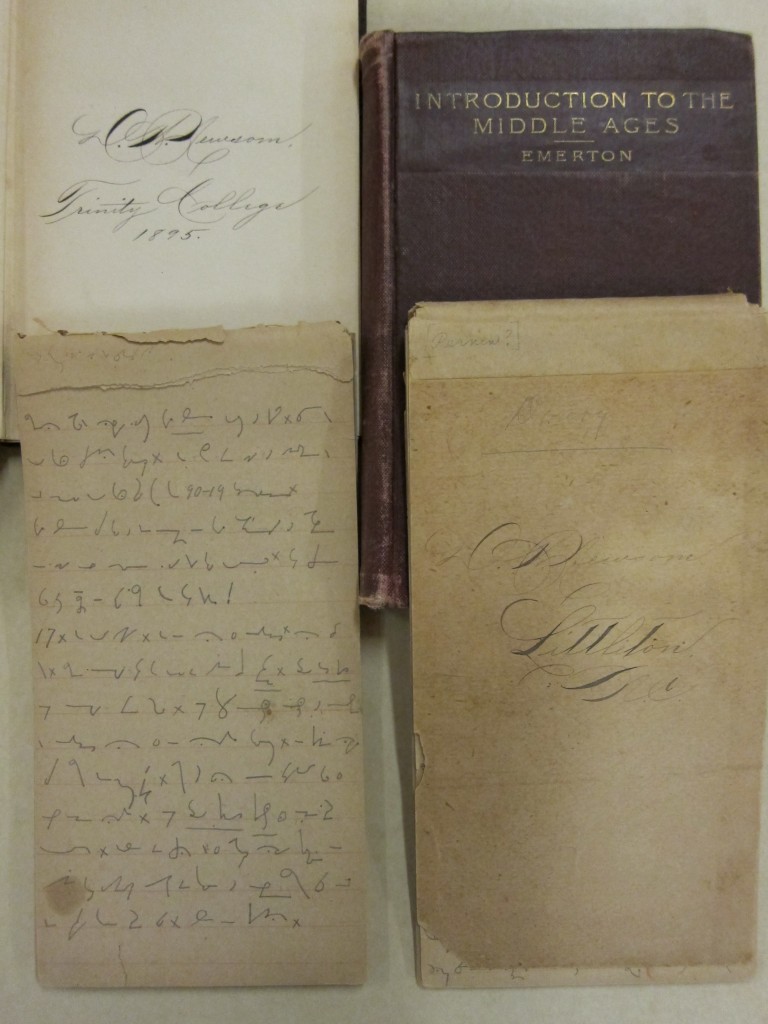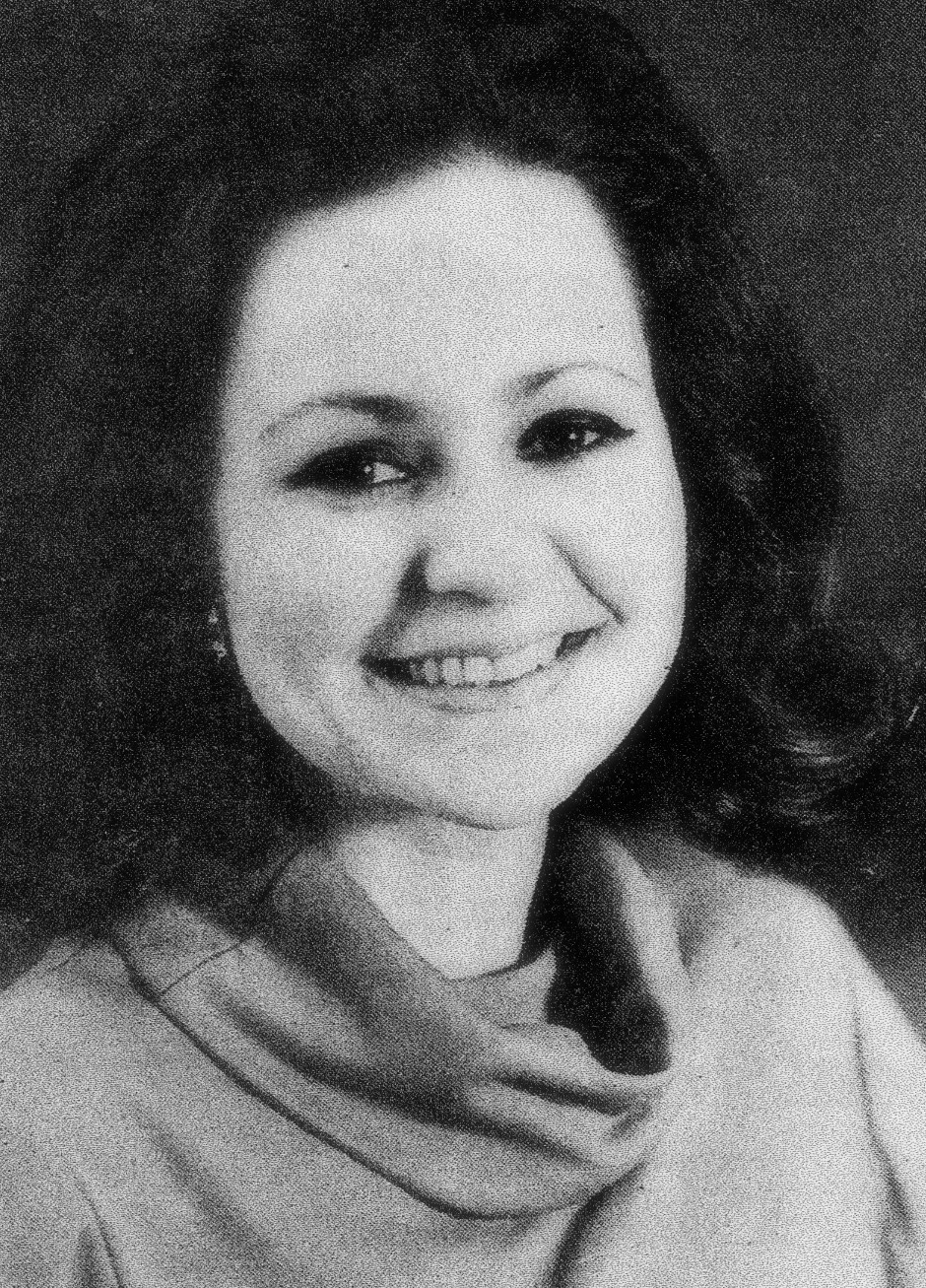Solving Cataloging Puzzles, or, How Digitization and the Web Makes Our Work More Accurate and Efficient
Difficult cataloging puzzles occur when a volume’s title page is missing. Sometimes information written into the book by a previous owner is correct, sometimes it is not. When I first began cataloging, the only resources were printed bibliographies, printed catalogs, the famous National Union Catalog (NUC), British Library catalog and other specialized catalogs. Unless you could correctly “guess” the title, it was difficult to positively identify such works. Now that Google Books has put so many up for view, the cataloger now has more “tricks” available to solve problems.
An example of this is a volume that is missing the title page and begins with the Preface, table of contents, and has 246 pages (apparently complete). On the front flyleaf is a penciled note: Verhandlungen der ersten israelitischen Synode in Leipzig vom 29. Juni bis 4. Juli 1869 (Enthaltend: Protokolle, Stenograph. Niederschrift etc.) Berlin 1869. Such a book does exist in OCLC, but it is described as vi, 260 p. Searching for the title in Google Books brings up the following:
Clearly this is not the book in hand, because, not only is the pagination different, but the content is entirely different. Back to the puzzle.
Fortunately, search engines index more than just the title page information. I then search Google Books for significant words from one of the articles (2nd one): referat orgelspiel Sabbath wiener. The resulting “hit” reveals the correct title with matching contents. Once I know the correct title, I can search OCLC and find a good cataloging record.
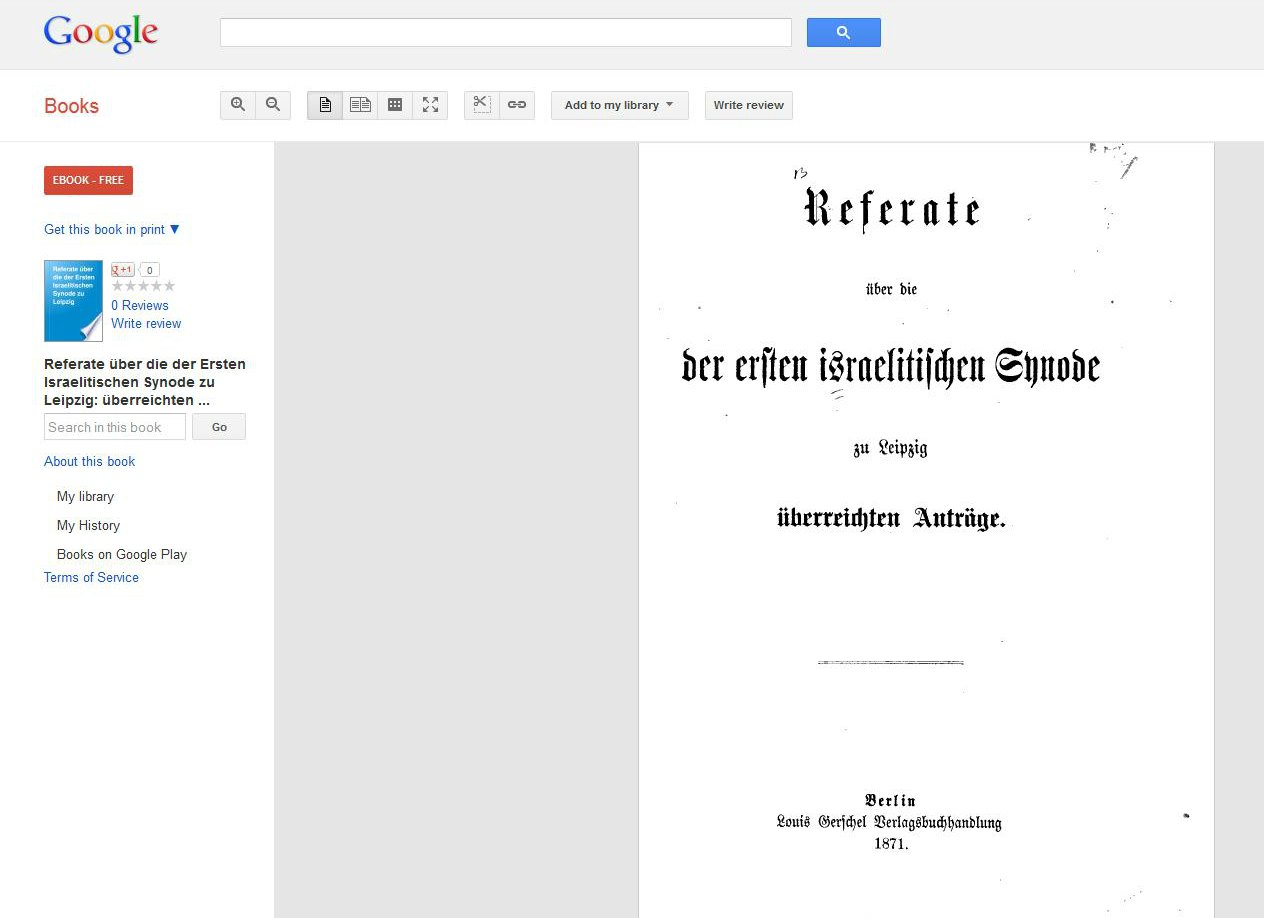
You can find the final catalog record for the book here.
Post contributed by Lois Schultz, Catalog Librarian for Monographic Resources in Perkins Technical Services.









